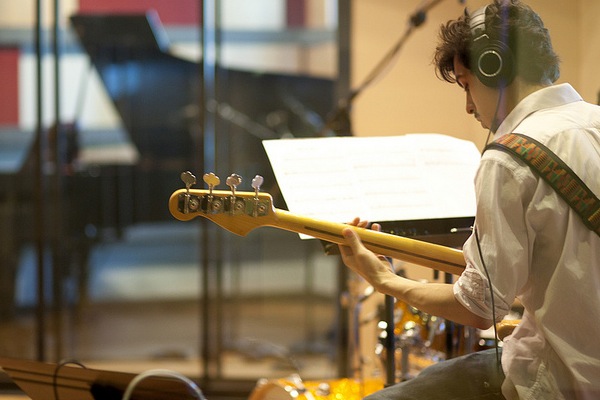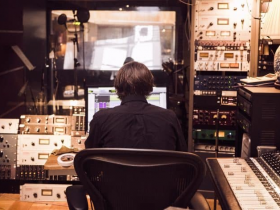Pre-production phase is important in the music industry and some professionals even consider it more important than the recording phase. We should spend enough time for the pre-production phase. During this phase, sound engineers and producers need to use their well-attuned ears to assess the sound quality. They need to evaluate most of the acoustics elements and the behaviour of sounds. Everything should be put together, so the actual recording phase could proceed much more smoothly. The pre-production phase can get very technical, so it is important for producers and sound engineers to know what they are doing.
This is a good time to examine the dynamics, which is also known as the audio signal strength or the volume levels. They need to know the difference between the softest and loudest parts of the song or performance. This will ensure that there are no excessively big differences in dynamics. Without proper adjustments, some parts can be excessively loud, while other parts can be barely audible. As an example, we should check the volume differences between chorus and verse. Dynamics is essential in any musical performance, because it determines the feel and variety of a song.
It is important for use to make sure that we get proper feedback and consistency when performing vocal recording. In general, we should make sure that singer or band could hear themselves across the whole performance. They shouldn’t lose their voices during the quietest section of the performance/song. Also, the quiet sections shouldn’t be too loud, because this could ruin the whole performance. Sound engineers and producers should properly manage dynamics and this will ensure good consistency across the whole production. With good mastering process, the song can be enhanced to the commercial standard. Bad dynamics will degrade the quality of a performance.
During the pre-production process, professionals need to gain structuring. Microphones feed audio signals to the audio system and it is actually consisted of different components. In this case, we should start from the actual source itself, the microphone. It is a bad idea to start backwards, such as from speakers. Depending on our systems, we should evaluate each sub-systems and components. Good sound engineers are able to trace the audio signal that runs though the system before it reaches speakers. An important method we should do is by making sure that we get the loudest and clearest levels on each component.
So, it will be much easier to do if we start from the source. Once we make sure that the microphone works properly and deliver the best audio signal, we should check the subsequent component in the system. This way, we are able to know whether an improperly adjusted or faulty component has degraded or distorted the audio signal.
Gain structuring is an essential step if we want to have a good production phase. We should be able to familiarize ourselves with properties of our equipments and it is important to refer to user manuals. We can use the appropriate settings and make sure that each component uses good dynamic levels.
























